Drying a mattress pad in a dryer
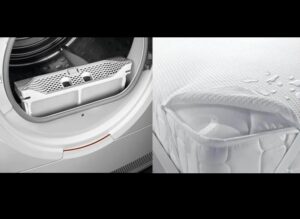 A modern drying machine is an indispensable tool in many families, because it allows you to dry a large amount of clothing in a short time. At the same time, not every item can be dried in this way, because the machine can seriously damage the product. That's why users regularly ask whether a mattress pad can be dried in a dryer. It’s easy to answer if the product still has a label with information from the manufacturer. If not, then different options are possible, which we will now examine.
A modern drying machine is an indispensable tool in many families, because it allows you to dry a large amount of clothing in a short time. At the same time, not every item can be dried in this way, because the machine can seriously damage the product. That's why users regularly ask whether a mattress pad can be dried in a dryer. It’s easy to answer if the product still has a label with information from the manufacturer. If not, then different options are possible, which we will now examine.
Will the mattress pad get damaged in the dryer?
There are different types of mattress covers. Some of them are suitable for drying, and some are not. For example, waterproof products from IKEA and some other stores are equipped with a special rubberized coating on the inside. It holds up well to washing in an automatic washing machine, but a dryer can ruin it.
This happens because the rubber coating becomes covered with small cracks due to the strong flow of hot air. If you choose an intensive mode during drying, the cracks will be completely huge. After such an unsuccessful treatment, the mattress cover will begin to actively transmit moisture, as it will completely lose its waterproof properties.
Often, dryer users ignore manufacturers' recommendations and still try to dry a mattress cover with a waterproof layer in a machine. In this case, they choose the most gentle operating modes, for example, “Synthetics for the closet” and “Synthetics for the iron.”However, even the use of gentle modes is not a guarantee that the item will dry and not be damaged in the process. That is why it is better not to take risks and dry such mattress covers in the shade, placing them in well-ventilated areas.
If we are talking about ordinary mattress covers made of synthetics and without a waterproof coating, then they can be dried in automatic mode. It is enough just to set the working cycle for processing synthetic products so that the mattress cover is dried without problems.
What is not recommended to dry in the dryer?
There is a whole list of products that are prohibited from being processed in a dryer. This is due not only to the fact that things may be damaged as a result of drying, but also to the fact that they can disable the “home assistant” itself. Read the list carefully to prevent an emergency.
- Rubber-based mats. These products are designed to protect rooms from dirt and moisture, so they are usually placed in front of the entrance to the room. They can be cleaned using a washing machine, but you should not try to dry them in the dryer because the high temperature during the cycle will simply melt the rubber base of the mat. Also, this should not be done because the mat may decompose, which will cause a fire. This is why neither rugs with a rubber layer nor other products with rubber, for example, sneakers with rubber soles, should be dried in machines.
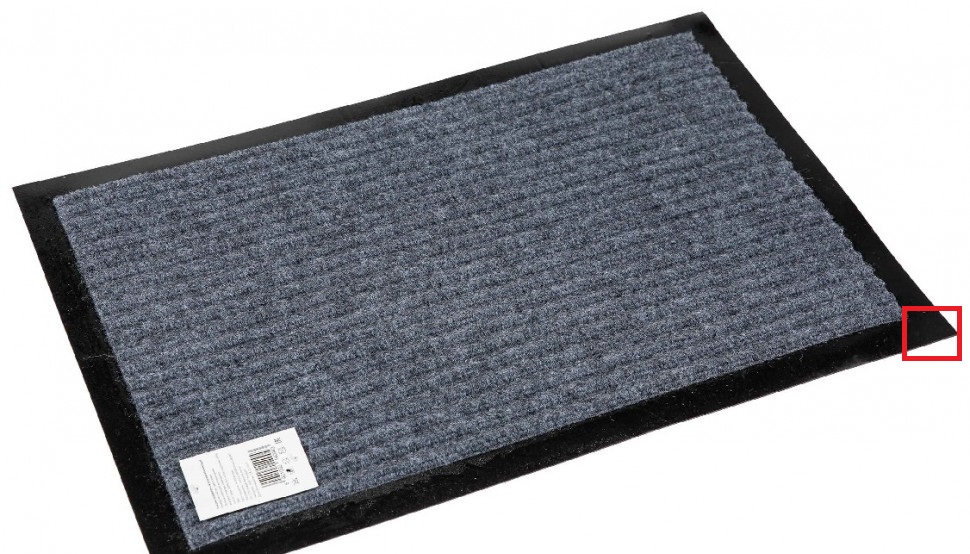
- Cloths for dryers. They are made from natural ingredients with the addition of pleasant fragrances so that they remove unpleasant odors from laundry during drying.Due to their organic composition, the wipes do not harm the environment, as they completely decompose in just three weeks. However, they can damage the dryer, since particles of the organic composition of the napkins remain on the filter of the “home assistant”, reducing its efficiency and complicating the removal of lint due to organic matter, which partially adheres to the lint. Plus, the wipes can cause mold and mildew to form due to the water that begins to accumulate in the dryer over time.

- Products in sand. We are talking about things that need to be dried after going to the beach, for example, swimsuits, swimming trunks, shorts, towels, etc. The problem is that grains of sand from clothes get stuck in the dryer drum, where they remain not even for weeks, but for months, ending up on all the clean clothes that the user is trying to dry. In addition, sand can damage the drum, which will require complex and expensive repairs.
Be sure to thoroughly shake out all sand from your items after going to the beach before washing them or drying them in a household appliance.
- Clothes with animal fur. Any items with cat, dog or other hair are dangerous for the device, so you should not load them without first cleaning them. This is due to the fact that with each such working cycle, animal hair will fall into the lint trap, as well as into the ventilation hole, which will negatively affect the drying speed of clothes, plus, it can cause the machine to catch fire. Therefore, in order to reduce the risk of an emergency and not reduce the efficiency of the dryer, you should always first remove all wool from clothing, for example, using a tack roller, and only then begin drying.
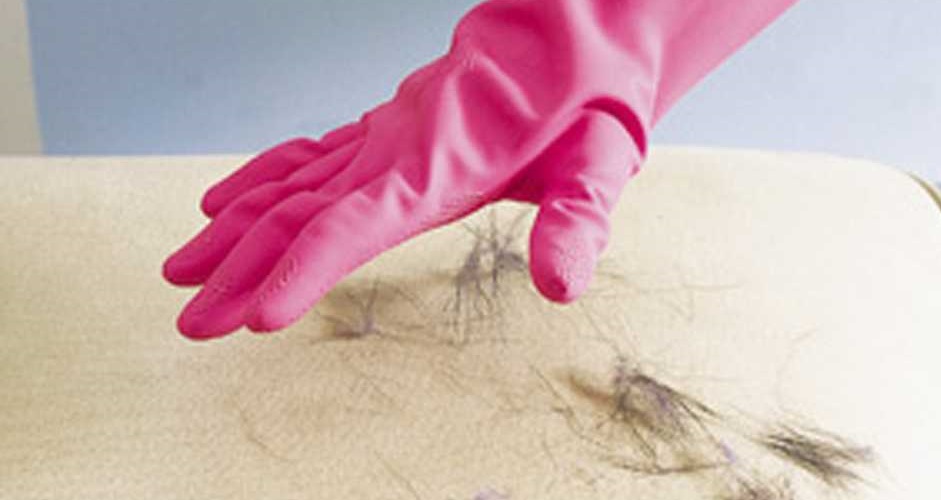
- Things with paint and varnish. This item is exclusively for those who work with paint and varnish materials, for example, during home renovations. If your work or other clothes become dirty during restoration work, you can try to wash them in the washing machine, but you should not try to dry them in the dryer. This is very important due to the fact that paint should never penetrate into the dryer, as paint and other flammable materials can cause a serious fire and subsequent fire. In this case, instead of restoring the house, you will only receive damage to it.
- Sports backpacks and bags. Most often, such products manage to absorb many unpleasant odors over a long period of use, so it is quite natural that they need to be washed and dried. However, you should refrain from using a dryer, because it is permissible to dry only backpacks and bags made of cotton, since most other materials from which sports equipment is usually created will simply melt in the dryer chamber and become completely unusable.
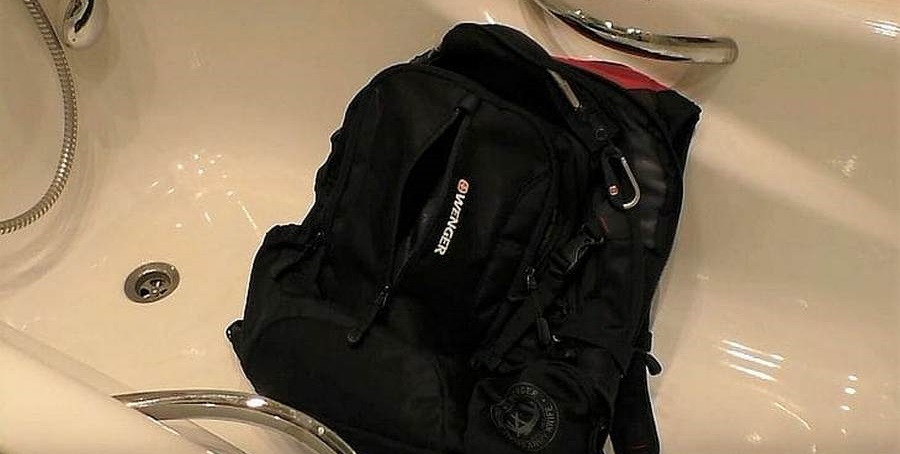
- Leather items. Even faux leather clothing fits into this category, as this delicate material cannot withstand the extremely high temperatures of a dryer. In such conditions, suede and leather will simply crack and become deformed, regardless of whether it is artificial or not.
- Products made of silk, lace and other delicate materials. Fine clothes made from delicate fabrics require the most careful care, so they should not be tumble dried. If you neglect this rule, then the dryer can, at best, create numerous wrinkles on things, and at worst, it will simply tear the items.To prevent clothes from tearing, getting caught in the zipper, and also from becoming wrinkled, it is best to simply hang them on clotheslines or lay them on a horizontal surface to dry.
Remember this list or print it out for yourself so you never forget or accidentally damage your favorite things.
Interesting:
Reader comments
- Share your opinion - leave a comment
Categories
Washing machine repair


For buyers

For users

Dishwasher

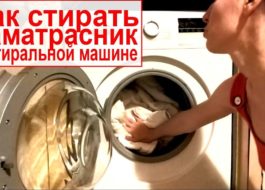
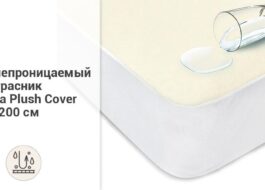
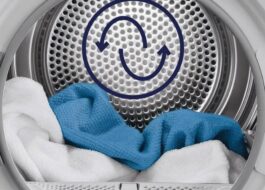
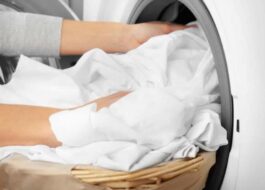
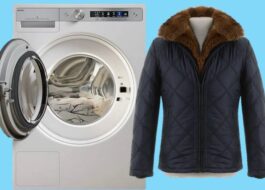











Add a comment